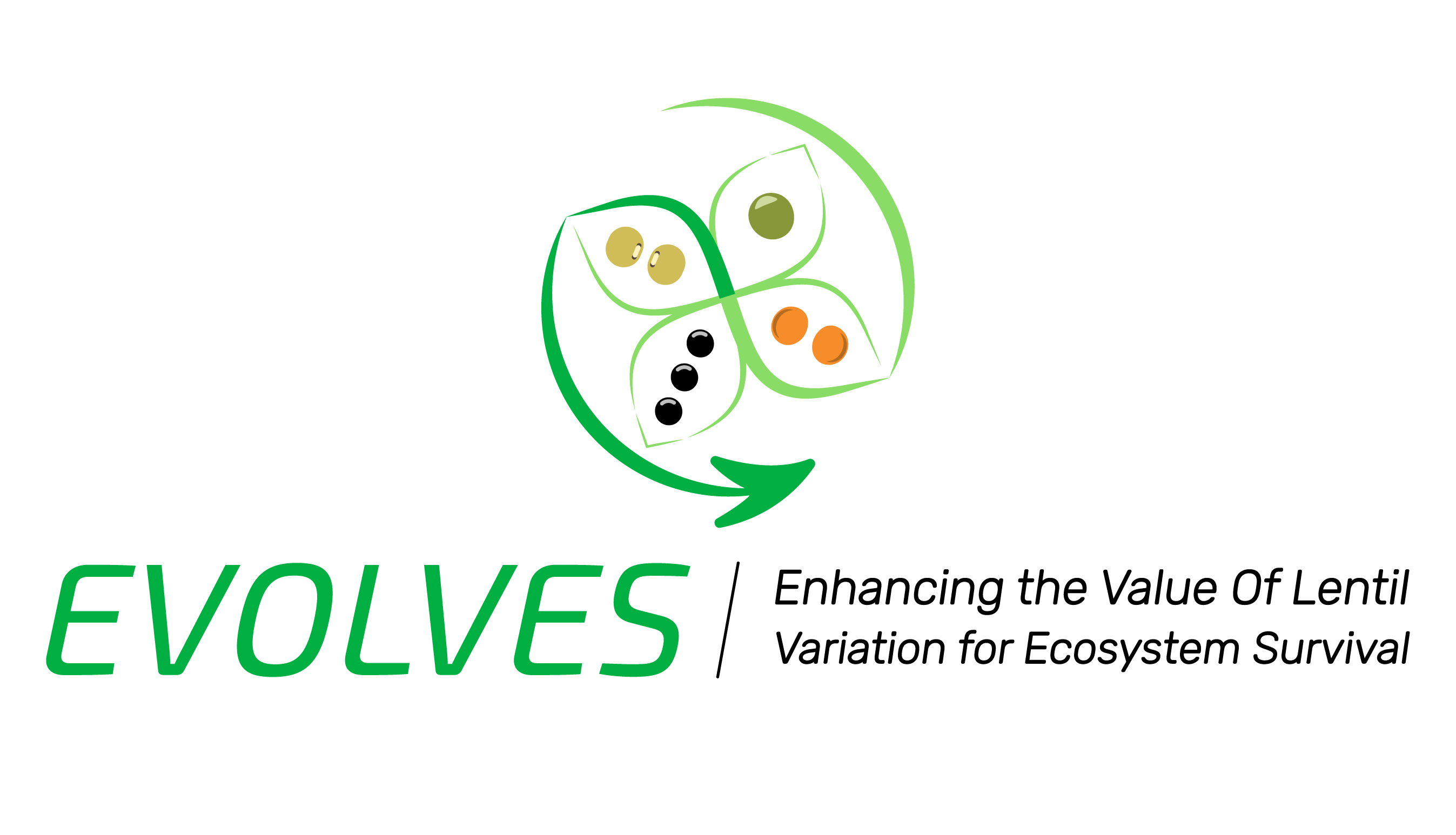EVOLVES Activity 1- Genetic consequences of structural variation in Lens species

Understanding the extent and consequences of structural variation in genomes of Lens species
Long-read sequencing technologies have considerably improved the Lcu assembly by allowing us to sequence through the many repeat-heavy regions, correcting orientation and scaffold order, and pulling apart collapsed regions. A completed long-read assembly for Lcu and all other Lens species will be available in the first year of this grant. Further exploration of long-read data will greatly facilitate our understanding of the variation outside the genic regions in both cultivated lentil and its wild relatives and enhance our ability to harness adaptive variation lurking in the dark corners of the Lens genepool. It will also help better resolve quantitative trait loci (QTL) and facilitate the design of markers useful for marker-assisted selection. Emerging research suggests that, like SNPs, structural variations are not evenly distributed throughout plant genomes, but instead elevated in regions of high recombination where uneven crossing over is most likely to occur. It has been hypothesized that many structural variants that segregate in wild taxa are fixed during domestication Understanding lentil phenotypes in the context of these structural variations will help us design better crossing strategies for harnessing existing variation.
This activity will look into structural variation in the genus Lens, comparative genomics and explore genome graphs for variant calling.
Improved genome assemblies for precise identification of molecular markers and candidate genes.
Tools to effectively communicate the potential, and consequences, of introgression breeding to the breeder.
Develop high quality, long read genome assemblies with annotation for at least one accession of each Lens species.
Facilitate precise identification of molecular markers and candidate genes.
Develop high quality structural variant datasets for 23 key Lens germplasm including 8 cultivars 9 RIL population parents.
Study existing and new trait-associated regions (e.g. QTL) within the context of structural variation for a more complete picture of the causation of some phenotypes.
- Guerra-Garcia A, Haile T, Ogutcen E, Bett KE, von Wettberg EJ. An evolutionary look into the history of lentil reveals unexpected diversity. Evolutionary applications. 2022 Aug; 15(8):1313-1325.
- Ramsay L, Koh CS, Kagale S, Gao D, Kaur S, Haile T, Gela TS, Chen LA, Cao Z, Konkin DJ, Toegelová H, Doležel J, Rosen BD, Stonehouse R, Humann JL, Main D, Coyne CJ, McGee RJ, Cook DR, Penmetsa RV, Vandenberg A, Chan C, Banniza S, Edwards D, Bayer PE, Batley J, Udupa SM, Bett KE. Genomic rearrangements have consequences for introgression breeding as revealed by genome assemblies of wild and cultivated lentil species.. bioRxiv. 2021 Jul 24.
Identify domestication loci and patterns of selection imposed upon them during the domestication process through comparative analysis within and beyond the genus Lens.
Interrogate the genome for "soft sweep" domestication loci which are still segregating among cultivated Lentil by characterizing population structure within Lens culinaris and Lens orientalis.
- Guerra-García A, Trněný O, Brus J, Renzi JP, Kumar S, Bariotakis M, Coyne CJ, Chitikineni A, Bett KE, Varshney R, Pirintsos S, Berger J, von Wettberg EJB, Smýkal P. Genetic structure and ecological niche space of lentil's closest wild relative, Lens orientalis (Boiss.) Schmalh. Plant biology (Stuttgart, Germany). 2024 Mar; 26(2):232-244.
- Guerra-Garcia A, Haile T, Ogutcen E, Bett KE, von Wettberg EJ. An evolutionary look into the history of lentil reveals unexpected diversity. Evolutionary applications. 2022 Aug; 15(8):1313-1325.
- Guerra-García A, Gioia T, von Wettberg E, Logozzo G, Papa R, Bitocchi E, Bett KE. Intelligent Characterization of Lentil Genetic Resources: Evolutionary History, Genetic Diversity of Germplasm, and the Need for Well-Represented Collections. Current protocols. 2021 May; 1(5):e134.
Identify pod shattering QTLs in three lentil interspecific recombinant inbred line (RIL) populations in order to help breeders avoid these loci when introgressing beneficial loci.
Explore domestication loci within the context of genome structure using pod shattering as a case study.
Physically attest to the proper assignment of scaffolds to chromosomes in Lens species genome assembly.
Physically confirm the predicted rearrangements between the cultivated Lens culinaris and wild relatives.

